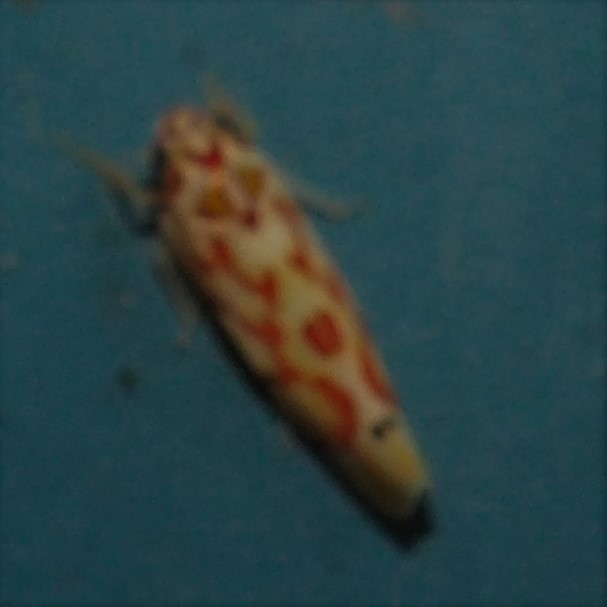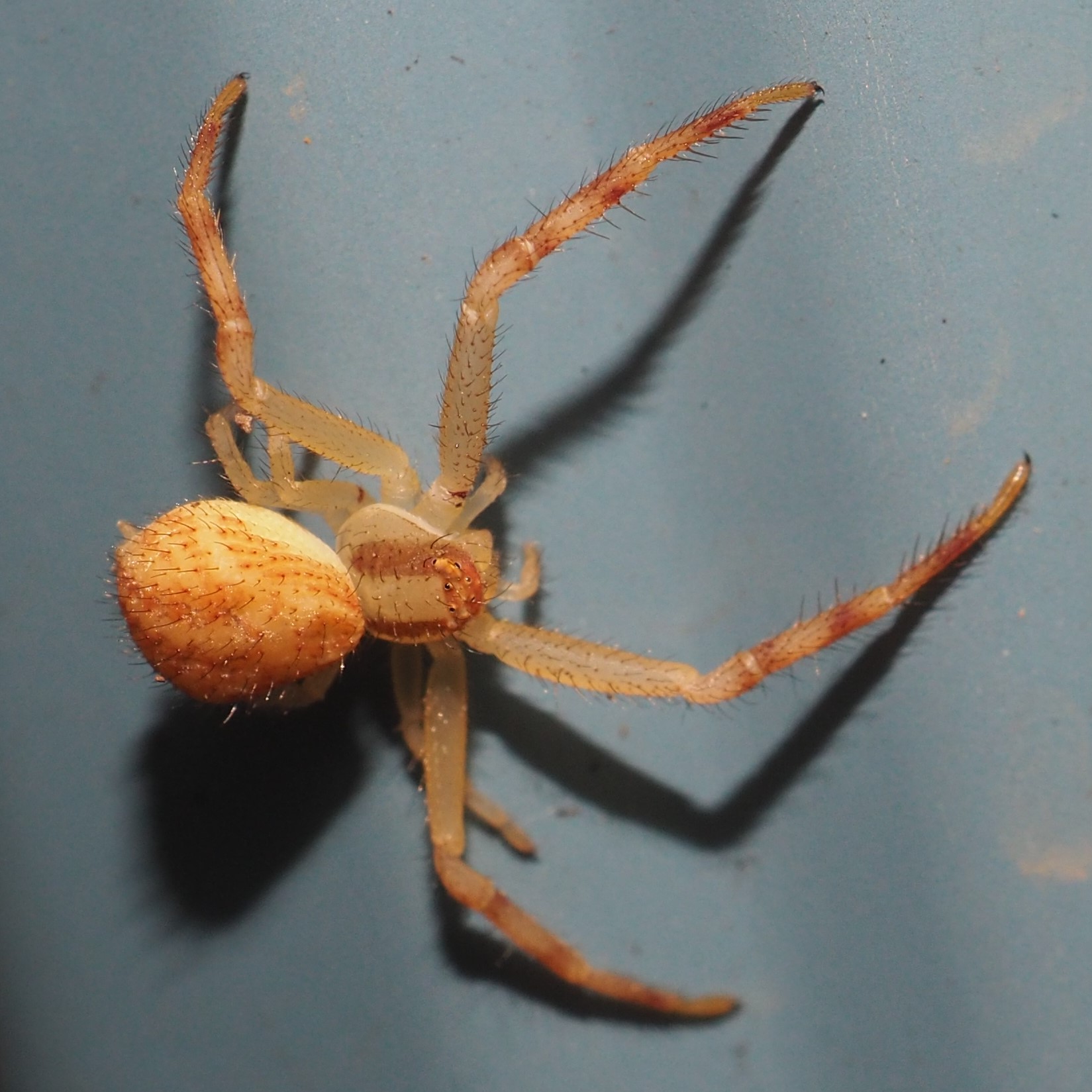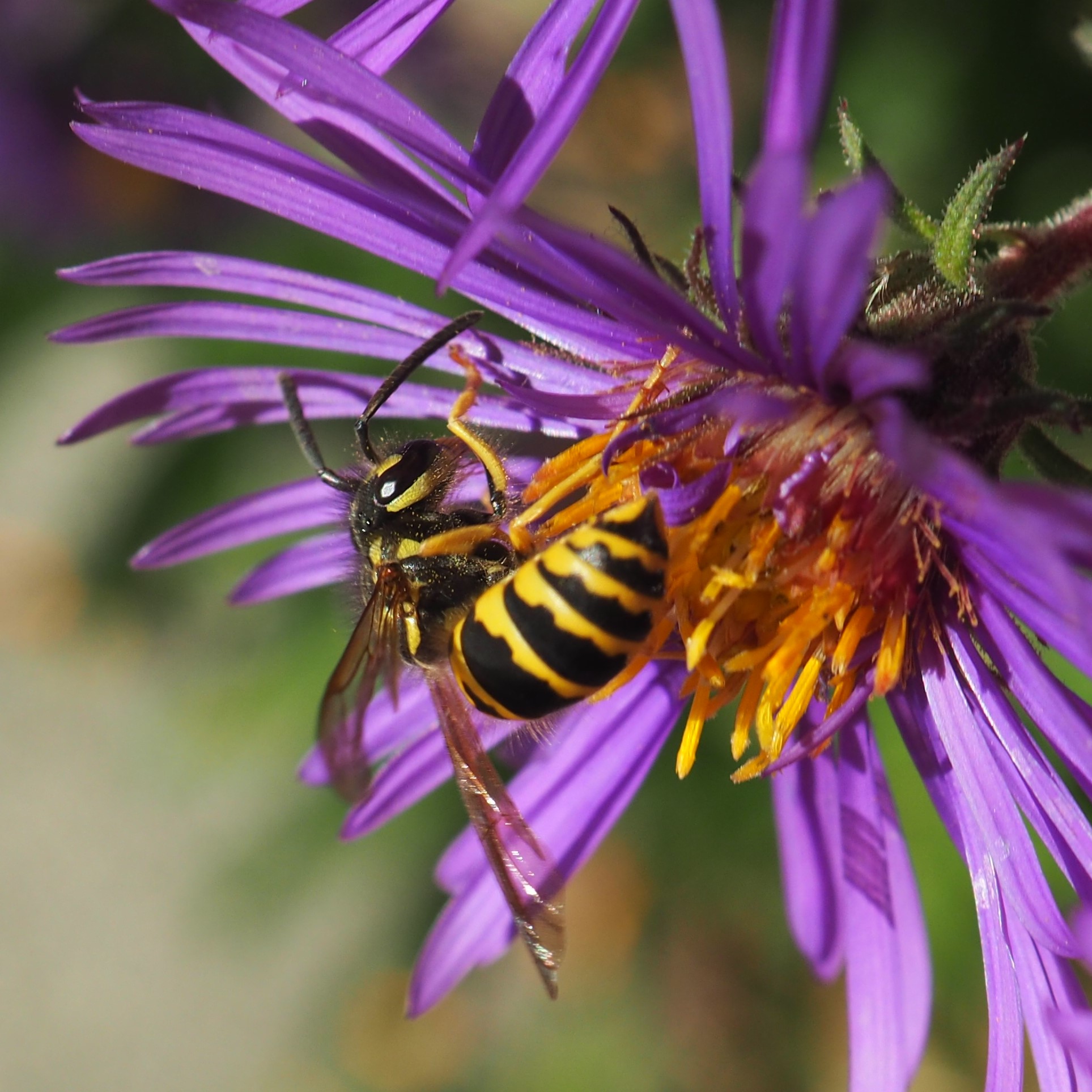October 11, 2020
Martha O'Kennon



Autumn is truly here. The leaves almost everywhere are turning. The Euonymus next to the front porch is becoming redder every day. The Epimedium (Bishop's Hat) has leaves that are just ALMOST symmetrical. Compare the shapes of the three bottom leaves. The two leaves that branch out from one node are antisymmetric, one being the mirror image of the other (I hope I am using "antisymmetric" properly) but the leaf under them that seems to come off one node looks symmetric to me. NOW click on the picture and you see a new picture. The three upper leaves - what is their symmetry? It looks to me as if the three leaves all THREE come off ONE node. (Actually one of those leaves has been nibbled by some small creature). What does all this do to your cognitive imagination?
Remember that there is information in the name of the file for each image. You can see it by mousing over the image - look at the lower left of the screen. Or you can click on the image to get to the (usually) larger image. Then the info is displayed in the address line above. Sometimes the second click will actually display a different view of the original image.
There weren't so many different Ants evident this week. The first one here seems to be a smallish Eastern Black Carpenter Ant. The next is a Small Honey Ant. The Small Honeys seemed to come in various sizes. This one was about the size of the smallest Ant I've ever seen. In the third picture, the Ant seems to have a rim of white around its "jaw" region. I wonder what caused that impression....



I haven't seen an Aphid for some time now. So let's go on to visit the Barklice. Since that big rain, I have hardly seen any of the Ectopsocus meridionalis that I'm so fond of. Here are the last few. You'll recall that formerly most of the action (egg-laying, guarding, etc) was taking place on panels 7, 8, and 9. Then it suddenly spread to the lower-numbered panels as far east as panel 3, and egg-laying was taking place in almost every panel from 3 to 11. Here was panel 8 on October 6: first, the eggs laid earlier still exist, though without adult guardianship. Second shows the state of panel 8, right side (not much change since last week). Third shows more nymphs on panel 7, as before.



On October 6, there was an adult laying eggs on panel 10. Then, a lone adult on panel 11 on September 5. Third, this adult began laying on panel 12 on October 5. I don't know exactly what they are doing but think they have a way of taking care of themselves/each other... I'm sorry not to have the daily contact with this group of Barklice, but think they must be in the process of making a home for themselves underneath the shop.



Meanwhile, the Echmepteryx hageni have really made a home for themselves. I still don't know what their eggs look like, or even their nymphs in the early instars. But here are a few of the many that are also (like the E.meridionalis a week or two ago) spread out across the eastern half of the North Wall. Third is a nymph.



Here is an interesting montage of the maturing of a Graphopsocus cruciatus adult. Scene 1 shows a very strange configuration. In it you see a shed skin (characteristic of many Barklouse nymphs) and a creature that seems to have two sets of wings, in a ballet-like pose. At noon the next day the "creature" is clearly an adult Barklouse, but its colors are still quite ambiguous. But at 4:30 that day it is clear that this is an adult G. cruciatus. I know, I know, everyone says "the interesting thing is that..." when it is not at all certain that the listener is going to agree. But I think you do agree in this case (I hope, I hope).



Speaking of G. cruciatus, here is a little scene with three fresh-hatched nymphs and the egg mass they have just emerged from. I think this picture is clear enough that if you click on it, you will see the Graphopsocus dots on the thorax of the lower right-most nymph within hours of emergence. This little clutch of eggs is on panel 4 from the left (south) along the East Wall. This fact came in handy when we had a little clutch of strangely adorned eggs that hatched along the boundary between panel 8 and panel 9 a couple of weeks ago. See the discussion at the end of our first Barklice blog. What else is out there on the North Wall now? Well, Polypsocus corruptus is still active, though it isn't in the numbers of E. hageni. I want to look for some P. corruptus eggs (I still don't know what they look like) being guarded by a queen. (I have it from Diane Young that they do have this habit in common with E. meridionalis.) So here is one from October 5 and one from October 10. We should follow both of these Barklice...



Last week I was all excited about the visit to our North Wall of a greyish Barklouse with an extraordinary striped face on panel 6 on October 4, which moved to panel 9 on October 5 and panel 10 on October 6. It was identified by Diane Young, as a female Indiopsocus bisignatus. Unfortunately this sole creature has disappeared from my sight. Sigh.



It is almost the time of year in which Valenzuela flavidus first caught my attention last October. This lovely yellow Barklouse appeared on the North Wall then and I saw a number of nymphs and watched them disappear and some adults appear till it started to snow. A nymph that mostly sat on panel 4 (picture 1) disappeared a day or two ago and in its place there appeared an adult (pictures 2 and 3). Another adult had shown up earlier on the South Wall but I haven't seen it in the last day or two.



So we move on to the Bees. The numbers and kinds of Bees have taken a dip since the Goldenrod has been flagging. But here are two views of a Bumble Bee in a purple Aster, and one of a Honey Bee in a Pink Aster.



Here's a little Honey Bee that was caught in the camera as it flew to the next flower. Next is a mystery Bee - it's probably a Funnel Bee or a member of genus Lasioglossum.



We did get a few Beetles this week. Here's a little Flea Beetle, then a Mystery, which may be Telephanus velox, which I've seen before. You'll note that the photo is a bit fuzzy-wuzzy, which is because my beloved camera is in the Shop. I'll talk about this in a bit.. Keep tuned. Third is a similarly fuzzy Rove Beetle.



Here is a Spotted Cucumber Beetle, followed by a little black Weevil. Last is another little Weevil, made with the fuzzy-foto camera I used to use for everything.



Now to the Bugs. Of course, there was an Assassin Bug (Zelus luridus) and (gasp) a Boxelder Bug. And finally that Leaf-footed Bug, the Acanthocephala terminalis.



Now to the Leafhoppers! First, that Froggy lookalike, the nymph of Agallia quadripunctata. Second, that beauty the Erasmoneura vulnerata.... Then one of a few members of the Eratoneura genus. And finally, one I haven't seen for some time - Eratoneura ardens - the burning Eratoneura.




Here is one of the Erythridula, and then Erythroneura aclys. Then the Japanese Maple Leafhopper, and then another Japanese Maple Leafhopper sitting on my glasses. Talk about taking on an enemy so much bigger than yourself!




Oh! Look at that - the Acanalonia conica Planthopper is back (or never left after several weeks in hiding?). What a lovely color green! After that, a Stilt Bug, and then a mystery Stink Bug.



The Asters attract Butterflies. This afternoon I only saw one - the Red Admiral.



Here is one of the Common Tree Crickets.



Now for the Flies. That pretty little Crane Fly (Cladura flavoferruginea) we saw last week decided to stay here another few days. Second is one of my favorite Flies - Minettia lupulina. Third is one of the most faithful Flies these weeks - but I'm still not sure of its ID.



Let's look at some of the Mosquitoes that come out to join me when I'm out taking pictures in the morning or late afternoon. First is the Inland Floodwater Mosquito, Aedes vexans. Second, the well-fed Treehole Mosquito. And third, a mystery Mosquito.



Here are two Mystery Flies and a Moth Fly.



If you find a Fly sitting up straight on its long legs, it might be (like these three images) a Woodpecker Fly!
I find their posture very intense.



I think we need a walk through the flowers. This is the last week for the Colchicums, so let's pig out on them. There are two or three varieties. First here is one with simple petals. The second was called a Waterfall or Water Lily Colchicum as it is so NOT simple. The third one was taken in slightly different light and so seems more purplish than the others.



These little Daisy-like Fleabanes usually attract smaller creatures, like Hover Flies. I didn't see any this week though but picture 2 shows a Stilt Bug in there. The Goldenrod is mostly brown now, but there are still a few sprigs of this glorious golden glow - it even seems to have a little bee or wasp that fell asleep in it.



Even the Japanese Anemones are stretching out their season, but this is PROBABLY the last we'll be seeing them.



The Asters are such a delight. I will miss these colors for a year when they are done. Better inhale them deeply now.



You can pretend you are standing in a field of pink and purple.

Let's see what the Spiders have in store for us. Of course, we have our share of Cobweb Spiders.. Picture 1 shows the basic model. But pictures 2 and 3 show them as mighty hunters displaying their prize catches.



A tiny Crab Spider seems to have moved from the Goldenrod to the Shop Siding. Third, a little Jumping Spider decided to stay in the shade until I went away.



A few days ago, this Jumping Spider appeared by the outlet where I turn on the hose to fill the pond for while. It looks something like the Maevia inclemens, the Dimorphic Jumping Spider. But the color combination seemed strange. I sent the picture to Matt Claghorn of iNat and he said that he had heard that that species may be about to split - that might reflect some changes that have taken place in the genus.



Here are some other sightings of M. inclemens: April 19, 2020; February 18, 2017; and June 9, 2015.



Two more Spiders. The first (pictures 1 and 2) probably belongs to Linyphiidae (Sheet Web and Dwarf Spiders). The second was given a tentative ID by Matt Claghorn - as a juvenile Araniella displicata! Thanks Matt!



Wasp time! The first, a Spider Wasp, was running about on a Hosta leaf, or so it seems. The second seems to be an Ichneumonid Wasp. The third was partially identified as a Diapriid, but so was the fourth. I'm surer of the fourth.




This Eastern Yellowjacket is on an Aster. I am holding onto the Aster because the wind is blowing. Suddenly the Wasp walks off the flower onto my hand. I hate pictures from people who show off how brave they are and let poisonous creatures walk around on their arms. But the wasp walks around a while and finally I shake him off. Enough Bravadoccio!




OK, I have a proposition for you. My beloved camera had a loose connection in the flip-screen and had to go to the big Mother Shop in the sky. It will apparently take about 3-4 weeks before it is in my hot little hands again. I have an older camera - no Macro lens, takes the tiniest pictures in the world. So the quality you have come to love is going to be missing for a while. But I have (as I said) an idea you might like. Usually someone will send in a photo and give me permission to post it on here. I was thinking, why don't I invite loyal readers to send me photos they took with a piece of text - an explanation, an anecdote, your own words - and I will post as many as I can. This way we might even get a more interesting episode. I promise to post 20 or so pictures from YOU. Whatcha think? So get out there and make us all some blog stuff. Send it as you usually do as an attachment to an ordinary email message.
I am looking forward to seeing what you have. Meanwhile, here is a picture of a shadow on the shop wall.

So here I go back outside to catch some more fish. The pond re-do is supposed to start on Monday or Tuesday. So Chaim pulled out quite a lot of water lilies and I have caught maybe a quarter of the fish, who are now doing hard time in a baby pool in the workshop. Not a bad way to spend a delightful mid-Autumn afternoon. Hope you have something productive to do too, or if not, are resting up and making a list of things to do whenever!
Love, Martha
Back to October 4, 2020
Forward to October 18, 2020
Back to main menu
copyright Martha O'Kennon 2020














































































































